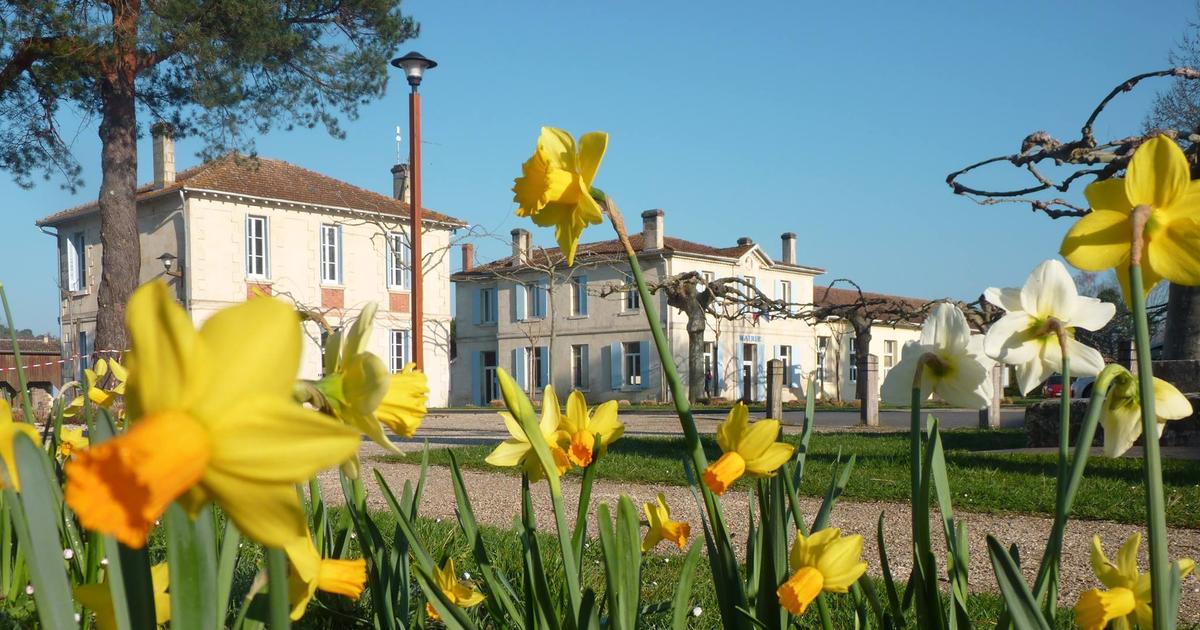Le Figaro Bordeaux
Enough is enough. In Gironde, the municipality of Mios has decided to put the brakes on urbanization, to preserve the quality of life of its inhabitants and protect certain natural spaces before they are all transformed into housing estates. In this vast commune of more than 13,000 hectares, located only about fifteen kilometers from the Arcachon basin and less than fifty kilometers from Bordeaux, the arrival of an ever-increasing population has taken on the appearance of a rush. gold.
“The attractiveness of Mios is extraordinary”
, attests Cédric Pain, socialist mayor of the town since 2020.
“In the 1980s there were 2,500 inhabitants, forty years later, there are 10,000 more”
, notes the councilor . A curve which is partly explained by the location of the city, straddling two agglomerations, Bordeaux and Arcachon, already extremely urbanized, where the price per square meter regularly reaches peaks.
“And then our commune is immense, it is 1.4 times the size of Paris, with a lot of urbanizable land, Landes forest and therefore sand
,” explains the mayor, which had the consequence of leading to
“urbanization in a massive way”
.
In recent years,
“we have experienced a huge demographic wave”
, summarizes Cédric Pain, but it is clear that the increase in new housing is now reaching its limits.
“A ZAC (concerted development zone) was launched by my predecessor for 1,000 additional houses
,” explains the mayor. Since 2014, the Alur law (for access to housing and renovated town planning) has also removed the minimum surface area of land necessary to build housing, which has led to
“an outburst where everyone has divided up plots”
.
80 hectares removed from land pressure
“We do not want to be the mega subdivision of the Arcachon and Bordeaux basin but for Mios to be a city to live in
,” argues the mayor of the town. To fight against this rapid artificialization of land to build housing, the municipality therefore renegotiated the ZAC, in order to reduce the size to 700 homes. A modification of the local town planning plan also made it possible to reclassify 80 hectares into natural or agricultural zones, to relieve them of land pressure. A measure which concerns
“all land which was in contact with the forest”
. The city has also banned so-called
“flag”
urbanization , allowing a plot to be divided into several pieces by creating access paths on the side of a house.
“We are not going to stop urbanization, it’s a train going at high speed, but we are going to do everything to slow it down
,” summarizes Cédric Pain. Since 2014, the city has built three gymnasiums and two schools. The Mios college has been expanded three times.
“The law is there to free urbanization, but we found ourselves with all our children studying in prefabricated buildings
,” laments the elected official. “
It was
necessary to transform this rural forest commune into a small town”
, to the detriment of improving the quality of life.
“All the new Miosans say that now enough is enough, everyone would like to be the last.”
Although demographic studies predict that the population could reach 30,000 inhabitants by 2030 - against 12,000 currently - the town hall hopes to reach a sort of
"ceiling"
around 15,000 inhabitants.

